
1885 - 1926
Mikhail Menkov

description
A Russian artist and master of photography, a significant figure of the Russian avant-garde, the closest aide and follower of Kazimierz Malewicz during the heyday of Cubofuturism and the functioning of the officially unregistered community of avant-garde artists Supremus.
Following the author of the famous “Black Square” reflected not only in the paintings of Mikhail Menkov, but also in his declarative statements, which he published in the form of leaflets before significant exhibitions of avant-garde artists. He was a participant in the “Jack of Diamonds” exhibitions and the first post-revolutionary large-scale exhibitions.
Menkov gave examples of Russian-Ukrainian Cubofuturism and Suprematism, as well as colour painting in the visual arts. He left a not too extensive legacy in the form of paintings and theoretical works created during his short creative career due to his early death at the age of 40. Paintings that he sent from Yalta where he was receiving treatment were lost on the way to Moscow. Some works were destroyed in the 1930s as “formalistic”; only those “exiled” to regional museums were preserved. Besides that, the artist devoted much time to photography – thanks to that work, a number of avant-garde exhibitions were held in Moscow and Petrograd.
Paintings of Menkov were presented at the exhibition «Auf der Suche nach 0,10 – die letzte futuristische Ausstellung der Malerei» held in Basil, Switzerland in 2015-2016 in honour of the anniversary of “The Last Futuristic Exhibition Zero-Ten” in Petrograd.
Key ideas:
– In one of his declarations, published by the beginning of the next exhibition of avant-garde artists, Mikhail Menkov wrote that repeating the visible is a lack of art. He made this conclusion basing on the postulate that art is valuable precisely by creativity, and not by the imitation of reality.
– Fighting for the «pure» painting, Menkov thought that «colour must live and speak for itself». He claimed that real painting did not exist till the modern time, and there was just «copying the nature».
– In his second declaration, which was written as a part of the published catalogue for the Tenth State Exhibition titled “Objectless Creativity and Suprematism”, the artist noticed that the visual sensations of the work are given by the most colorful surface, moreover, when it is not divided by too clear contours.
– In the early 1920s, Menkov acted as a follower of Olga Rozanova (after her untimely death) in colour painting. The idea of colour, not enclosed in triangles and squares, led the artist to even greater abstraction and to attempts to work with rounded shapes that do not have direct associations with specific objects.
– The latest research of art critic and avant-garde expert professor Sarabyanov prove that the attitude to M. Menkov as the “shadow of Malewicz” is unfair: the artist had his own vision of avant-garde art.
1885
1907
1912
1914
1915
1916
1917
1919
1920
1921
1926
The birth of the artist
He worked at various private workshops and studios

He managed to enter the sculpture department of the Moscow School of Painting and Art

He went to the city of Ostrog

Participated in the "Last Futuristic Exhibition 0.10"
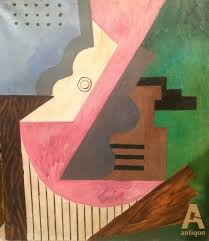
He became one of the initiators of the creation and an active member of the Supremus society
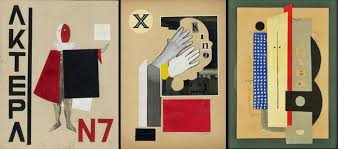
Presented his paintings at the exhibition "Jack of Diamonds" in Moscow
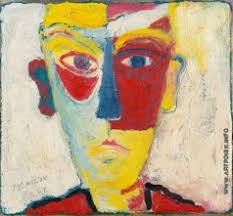
Participated in the Eighth State Exhibition
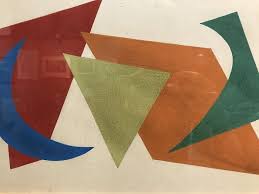
He worked as his unofficial assistant at the Moscow State Free Art Workshops
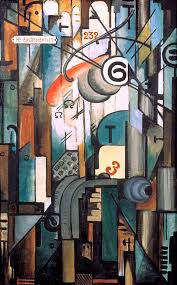
Several of the artist’s works were acquired by the Museum of the Picturesque Culture of Moscow

Mikhail Menkov died
Mikhail Menkov died in 1926 in Yalta, USSR.
Mikhail Menkov
On Artist
flow
Cubofuturism
Cubism
Suprematism
Abstractionism
friends
Kazimir Malevich
Lyubov Popova
artists
Alexandra Exter
Ivan Puni
Pablo Picasso
Juan Gris
Georges Braque
By Artist
flow
Suprematism
friends
Olga Rozanova
Alexander Rodchenko
artists
Varvara Fedorovna Stepanova
Mikhail Matyushin
Maria Ivanovna Vasilieva

